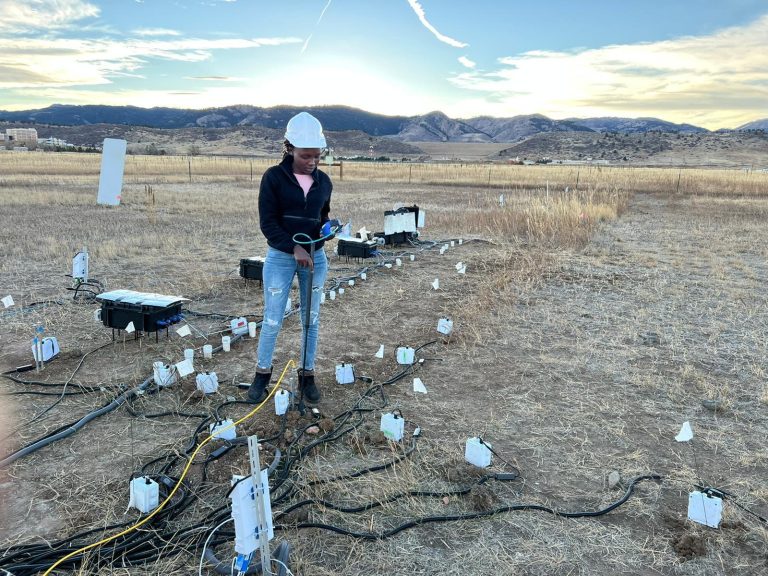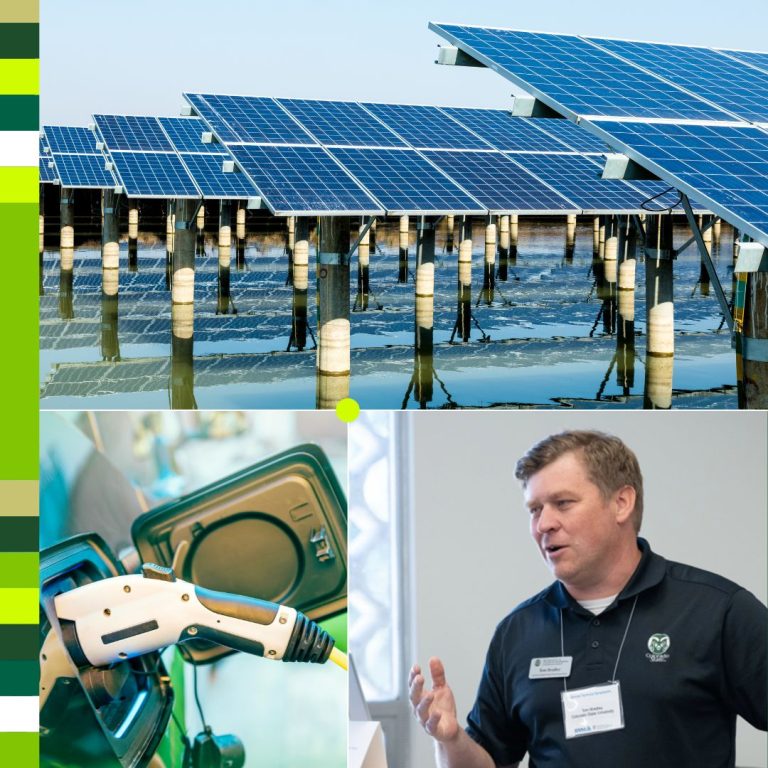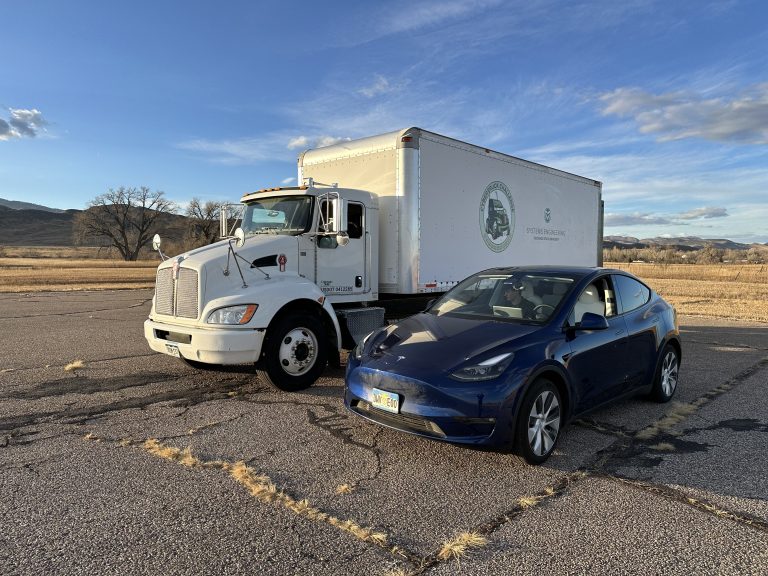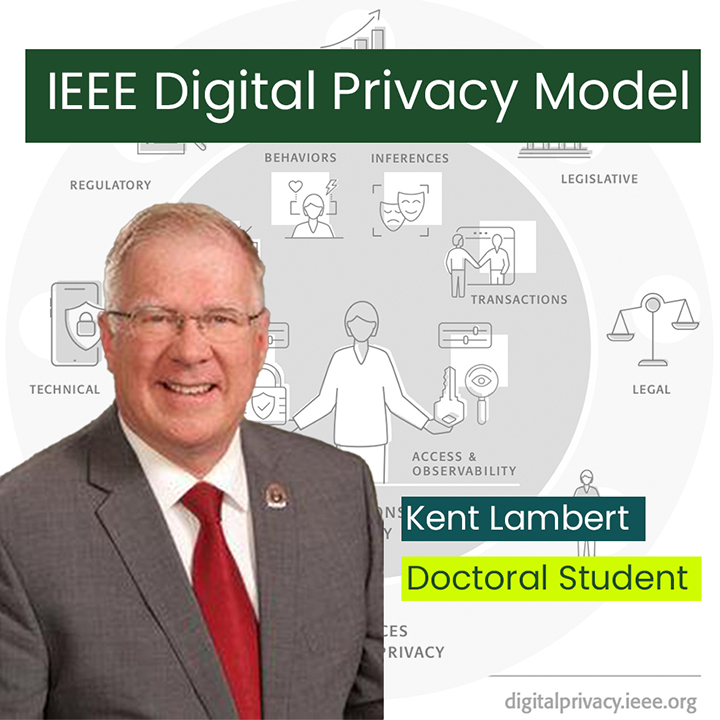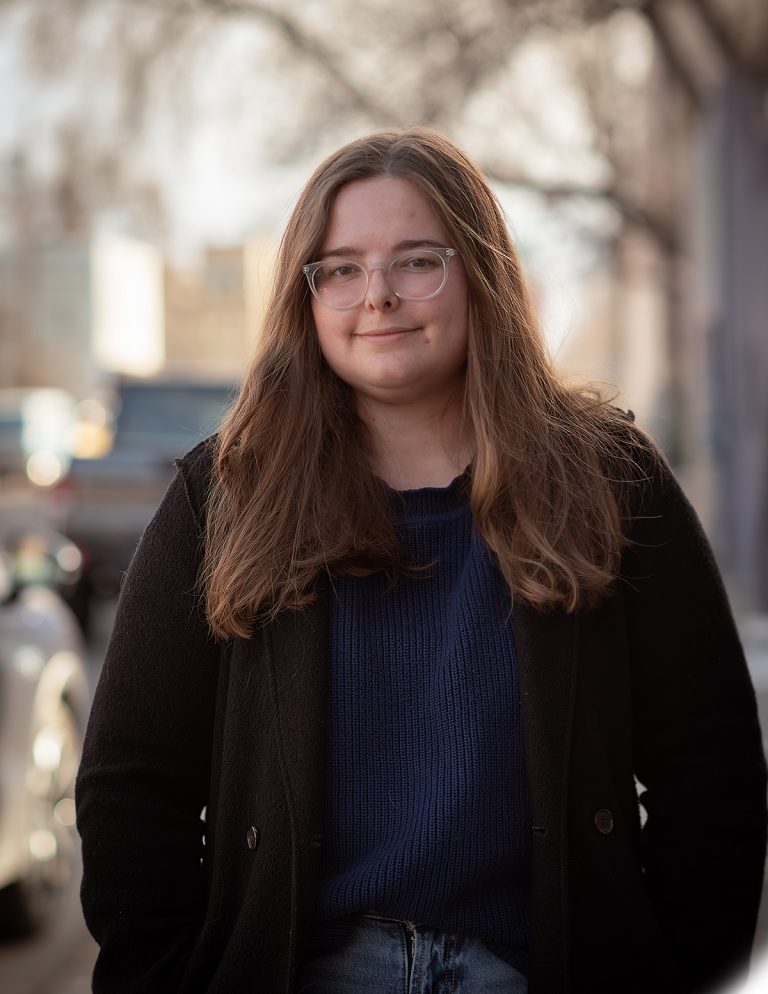
CSU researchers create new software for DOE to help reduce energy waste in next-generation buildings
- By: Katharyn Peterman

Colorado State University researchers have developed modeling software that could help the building industry compare electrical performance to improve energy efficiency.
Researchers Dan Zimmerle and James Cale are changing the way buildings receive and distribute electricity.
Zimmerle, research scientist with the CSU Energy Institute and associate faculty member in the Systems engineering department, and Cale, associate professor in the Systems engineering department, developed the software to increase building distribution efficiencies as part of a project funded by the Department of Energy.
The software is part of a strategy to minimize energy loss that occurs during conversions between alternating current (AC) and direct current (DC). With DC, the electric charge always moves in one direction. This is in contrast with AC where the electric charge changes direction periodically.
When electricity was first commercialized, it was distributed to consumers using AC. This made sense based on the types of devices in use at the time. Now, however, an increasing number of devices, like laptops, phone chargers, and LED lighting, operate with DC electricity.
To reduce the energy loss during AC/DC conversion, Zimmerle and Cale were a part of a joint project with the National Renewable Energy Laboratory, Lawrence Berkeley National Laboratory, and industrial partners to develop the Building Energy Efficiency Analysis Model, or BEEAM.
“This project illustrates how new tools are being developed to reconsider how electricity is distributed in buildings, in ways that could impact the amount of energy waste being produced while still fulfilling the same energy needs,” Cale said.
Developing BEEAM
BEEAM is now publicly available for practitioners and energy regulators on the National Renewable Energy Laboratory’s GitHub. BEEAM enables building designers to compare the electrical performance of alternative distribution systems including pure AC, DC, and hybrid AC/DC.
“Practitioners can directly compare options, leading to better selection of system designs,” Zimmerle said. “Regulators can use these models to understand where device standards, or wiring standards, are decreasing efficiency.”
Cale and Avpreet Othee, a Ph.D. student in systems engineering, worked on the software development for BEEAM.
Zimmerle’s team, including Arthur Santos, a Ph.D. student in systems engineering, focused on device efficiency models and experimental validation. These data included efficiency and other parameters necessary to calibrate the model for real-world use.
Moe Alahmad, associate professor of Architectural engineering at the University of Nebraska-Lincoln, considers BEEAM a positive first step towards meeting the changing energy needs of future buildings.
“[BEEAM] will allow building designers to transform the existing electrical distribution system design and enable advances in building technologies to drive the next generation buildings” Alahmad said.
Considering the whole electric system
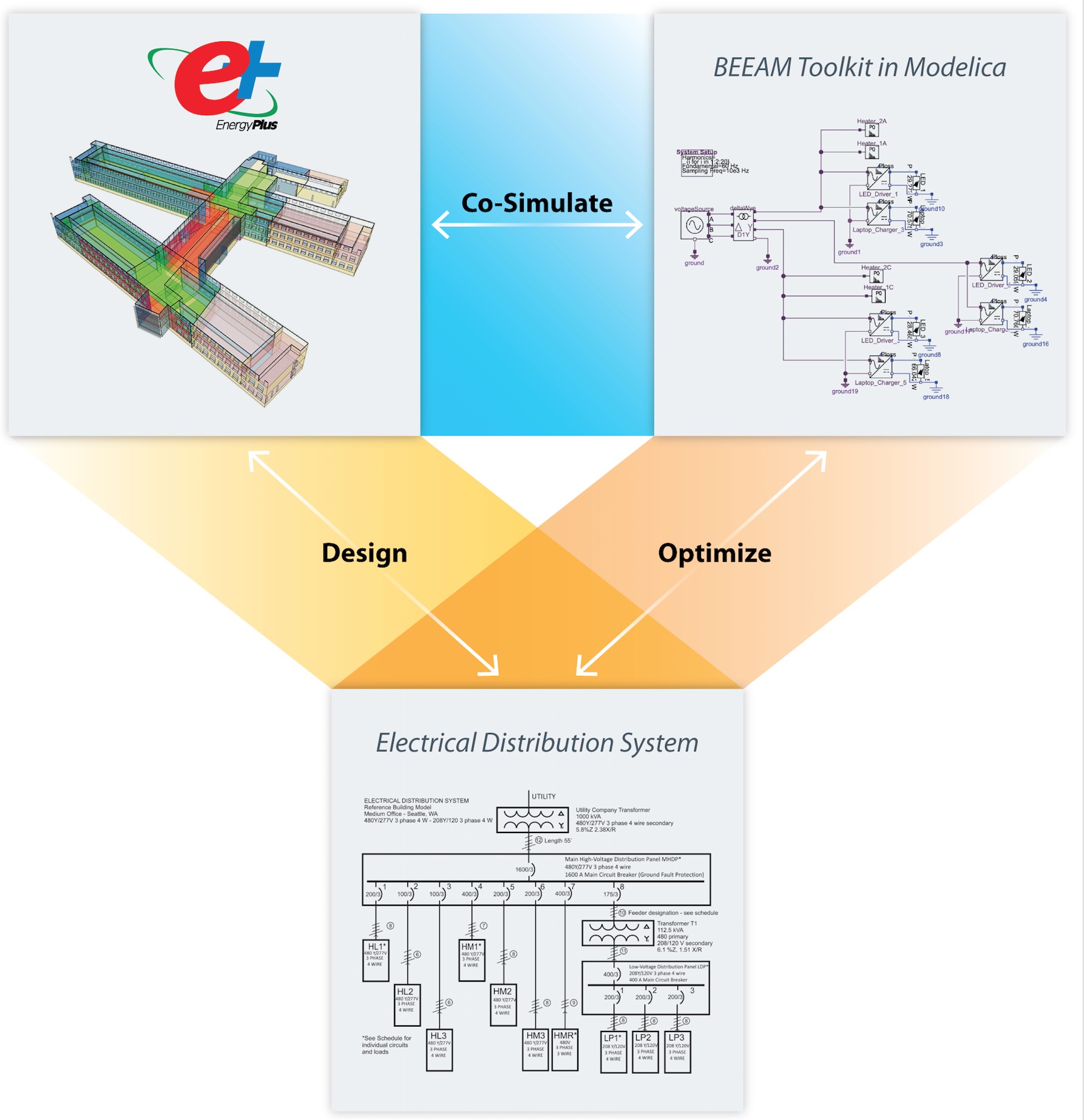
Systems-thinking principles helped the research teams consider the entire electric system as they developed their model, from energy production to how people use electricity inside of the building.
“Output of the system in this case is delivery of electrical power to the consumer. Upstream of that delivery, many components and subsystems interact to impact the efficiency of that delivery,” Zimmerle said. “Broader systems thinking helps identify which systems or devices have the larger impact on efficient delivery.”
As a result of this research, Cale is developing a new CSU graduate course on the mathematical and simulation techniques behind the software and its use in practical building designs, for students and professionals interested in future careers in advanced buildings.
“The accumulated energy savings using the software could result in a significant reduction in energy waste on a national scale,” Cale said.
———–
Note:
BEEAM is copyright-protected. The copyright is held by Colorado State University Research Foundation (CSURF); Alliance for Sustainable Energy, LLC; and contributors.
